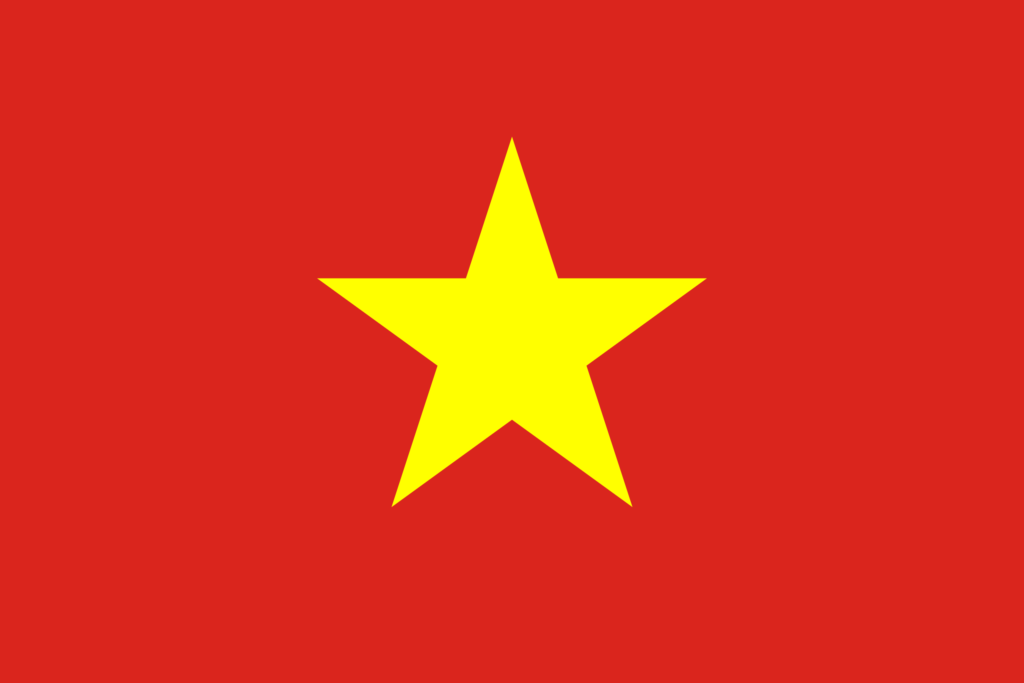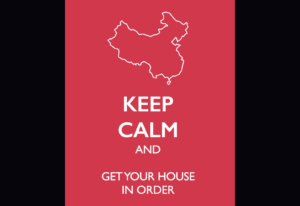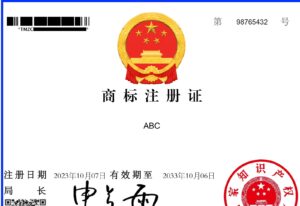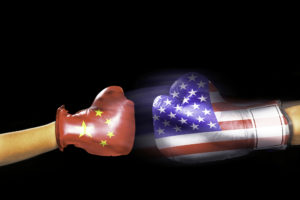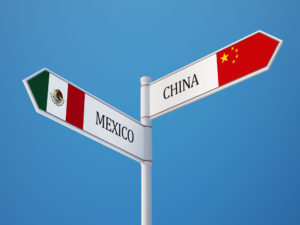The Next China
China’s economic rise over the past few decades has spurred endless speculation about which country could be “the next China.” Yet China’s unique combination of factors, from its massive population to its heavy infrastructure investment, means its dominance will be hard to replicate. Though nations like Vietnam and India have potential, China is likely to remain the heavyweight in its region for the foreseeable future.
Just about every emerging market country gets at least some mention as “the next China.” The other BRICS: India, Brazil and Russia are often mentioned. Poland, Thailand, Mexico, Turkey, and Malaysia also often come up. But the name that seems to come up most often these days is Vietnam.
Vietnam’s Remarkable Rise
Since 1990, Vietnam has had one of the fastest growing economies in the world, and though Vietnam offers many business opportunities, my vote for “the next China” is China itself. At least for the next decade or so.
China’s Continuing Dominance
When people talk about the next China, they are usually talking about duplicating the successes of Shanghai, Shenzhen, and Beijing. In this context, I think the next China is going to be in Chinese second tier cities like Tianjin, Qingdao, Dalian, Shenyang, and Chengdu. These cities offer excellent infrastructure, decent living conditions, and costs and wage rates substantially less than in China’s first tier cities. Perhaps most importantly, these cities uniquely benefit from what has already occurred in China due to Shanghai, Shenzhen, and Beijing.
The China Model
I agree with this New York Times article which posits that there will be no next China for a very long time:
The flavor of the moment is the “China model,” whereby a controlling government carefully injects capitalism into its economy to spur exports and foreign investment. Yet few, perhaps none, of the countries who hope to emulate China’s success have a real chance of doing so.
In the past couple of years, the China model has apparently become the favorite of authoritarian regimes looking to enrich themselves while assuaging any restless citizens with the prospect of riches. Iran, Syria, and Vietnam jumped on the bandwagon early on.
The article posits that “many different conditions led to China’s success” and “none of the countries listed above have them in the same combination.” It then lists various factors leading to China’s rise and explains how these are lacking elsewhere:
At square one, consider China’s political stability. It is not involved in any particularly active conflicts with its neighbors, and any disturbances in its region – the Maoist revolt in Nepal, for example – are unlikely to unsettle its economy. Syria can’t claim this sort of calm, given its uneasy relations with Lebanon, Iraq, and Israel. Iran’s nuclear program and alleged support for terrorist groups has made it a target for economic sanctions and political ill will, at least in the United States.
China’s political system also gives the government enough control to pave the way for foreign investors – if it has the inclination. China may still be dogged by corruption, but multinationals working in close partnership with Beijing can see obstacles posed by petty officials swept away. In Brazil, for example, the central government may have less power to impose its will.
What draws foreign investors to China depends on whether they want to tap its resources or its consumer market. Both are enticing. China’s massive urbanization wave continually supplies low-wage workers for manufacturing jobs and some service positions. South Africa’s HIV/AIDS problem, which has begun to shrink its population, raises big questions about the replenishment of its prime-age work force.
In Vietnam, multinationals might be tempted to go elsewhere once wages start to rise. But in China, millions of rural migrants are willing to pick up the slack every year.
Then there is China’s consumer market. Of all the countries interested in the China model, only India can rival its size. Big Western manufacturers have begun to create entire brands especially for the burgeoning middle classes in both these countries. The new lines are steps up the ladder to the top-of-the-line televisions, dishwashers and cars sold in wealthier nations. It is hard to imagine Syria, with its 18 million people, eliciting the same sort of effort.
Vietnam in the Spotlight
But the New York Times does see Vietnam as the most likely candidate “for China-like success:”
Vietnam may come the closest, as a fairly large country that is reasonably stable, with a controlling government and decent trade relations. Still, its ability to follow China’s path may be short-lived, because of its ongoing problems with corruption and, even at 84 million, its smaller size.
Stability and Infrastructure
I too attribute China’s success to its (relative) stability, its willingness to invest in infrastructure, and to its huge population, and I too do not see any country right now with all three of these critically important factors. Though there are emerging market countries with stable governments, I see infrastructure and size as distinguishing China.
I am a huge believer in Vietnam’s potential. Strong growth is predicted for Vietnam, especially as it continues working towards WTO membership. But right now, Vietnam’s physical and governmental infrastructure is not nearly as advanced as China’s, nor do I see it becoming so during the next few decades. Because of this, a large number of companies either cannot or will not consider Vietnam for their outsourcing. And I say all of this despite being a HUGE fan of Vietnam and firmly believing it has a great future ahead of it.
Conclusion
China’s remarkable growth stems from assets other emerging economies struggle to match. Factors like political stability, population size, infrastructure spending, and controlled economic liberalization combined to fuel China’s ascent. This multi-pronged foundation is China’s secret sauce that won’t easily be duplicated. For at least the next decade, expect China to continue leading the pack, especially as its second-tier cities emerge as economic powerhouses.










